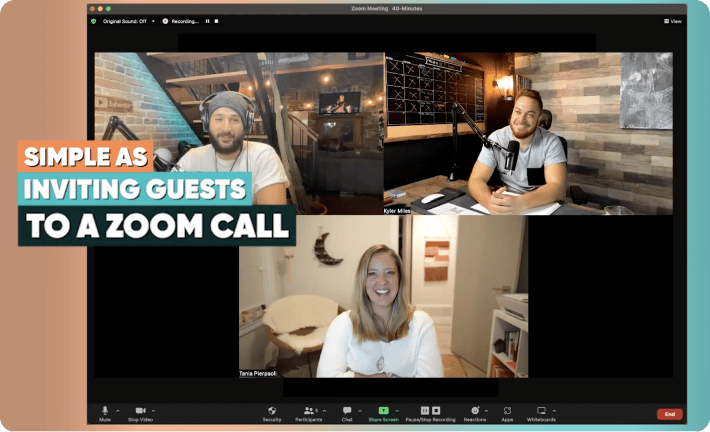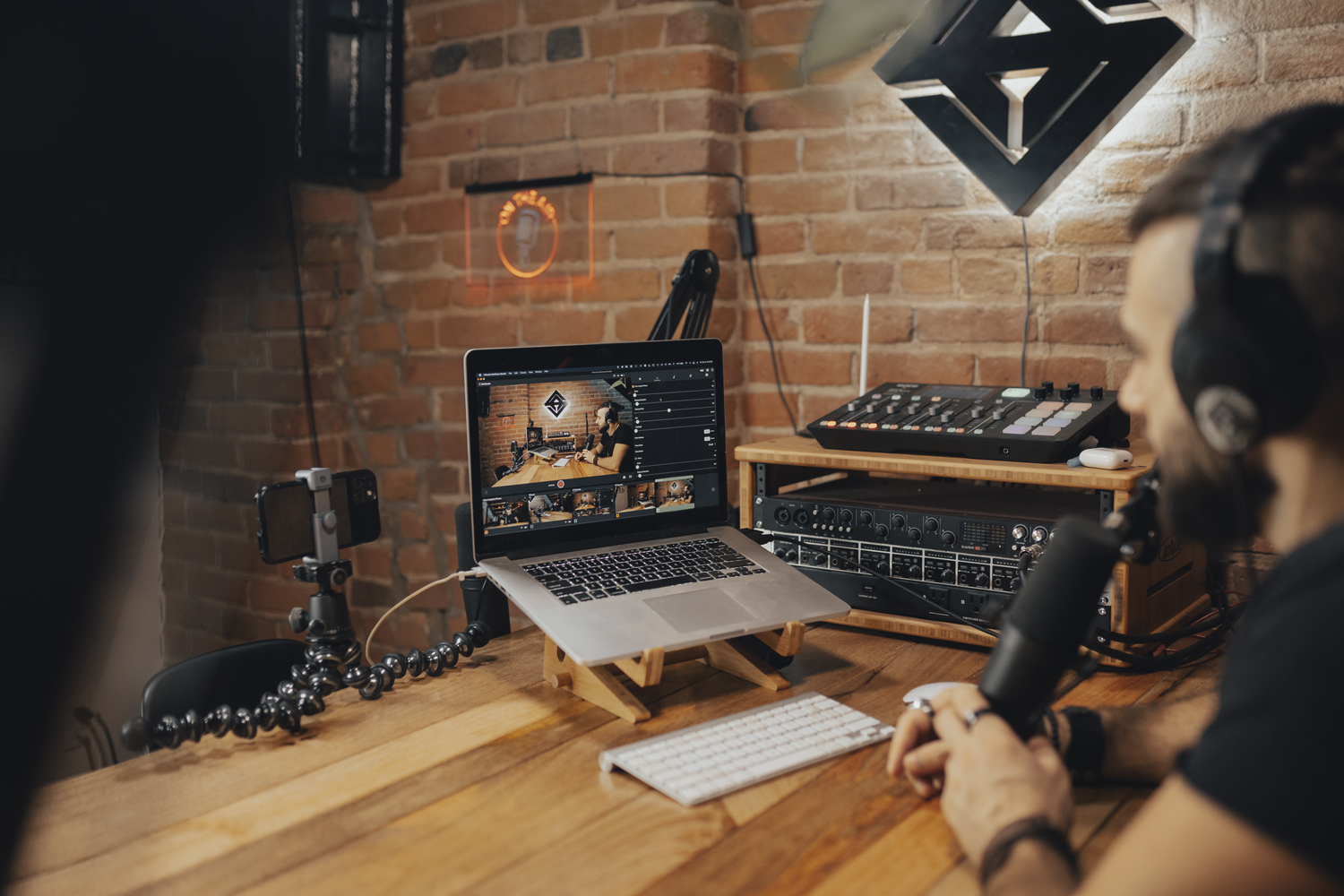Lighting for Action Shots (Get Them Right)

It’s true, lighting can make or break a shot. Simple lighting differences are able to elicit incredibly diverse audience emotions. For example, the soft light for a couple sitting together holding hands at sunset has a far different look than the dark lighting of someone standing at a cemetery in the rain. Lighting for action shots requires the same nuanced attention to detail.
When producing an action shot, you want the audience to feel excited for the subjects and maybe even a little nervous about whether they will succeed. But how are these emotions drawn from the audience? Here’s some tips to help you achieve the look and feel you want during your next action video with lighting.
Contrast
For action shots that are more akin to a superhero movie than to a sporting event, contrast is key. Think about your favorite underdog stories — right before the protagonist meets the villain, scenes involving a long dark hallway with shafts of light breaking through come to mind, don’t they?
High contrast lighting techniques such as this allow you to add a dynamic edge to your shots as well as provide a visual metaphor for good (light) versus evil (dark). You can maximize these contrasts in post-production editing. However, make sure not to compromise aesthetic balance for excessive brightness or shadows.
Brightness
While contrast is a good omen for conflict, complete darkness without any light breaking through during a true action sequence is not ideal. When a set is dark, motion blurs are more likely to be a problem. Shooting in good light will minimize potential blur and allow viewers to see the subject matter in the image much more clearly, making it easier to tell the story through facial expressions.
Shutter Speed
When cameras are left on automatic mode, they automatically try to adjust to the light that is in the shot. If the light is low – such as at night or in a dark setting like in a basement – this automatic setting tries to adjust to the changing lighting as people move.
This constant changing does something that no producer wants in a fast shot: it lowers the shutter speed. Most learn to set their shutter angle at 180 degrees, a 1/48 shutter speed, but for an action shot it’s better to set it at a shutter speed that is double the frame rate being used. However, if you want a blurred background to show movement, a lower shutter can help accomplish this. Instead of setting your shutter to 1/48, try setting it to 1/125 to see the changes that this produces. You’ll find that this makes each movement within the image significantly more pronounced, enhancing the crispness of the motions.
Closeups
Another way to improve the quality of your action shots is found in the width of the shot. It may seem like you should go for wide shots in order to capture all of the action happening in the scene, but this simply isn’t true. For the most part, tighter shots actually intensify the visuals, capturing more of the action. Watch any action movie and you’ll see this method is frequently used particularly during fight scenes.
Framing for closeups makes the subject’s actions seem larger, and therefore, more important. Keep the lighting dramatic by using directional light that will create shadows to emphasize your subjects’ most intense features. This can be achieved with strong light from above or below; just play around with your actors and equipment first to find the best setup.
Glow
Finally, give your action shots the shimmering, steely shine they deserve with well appointed reflectors, good timing, and maybe even some makeup.
To give an ethereal glow to a hero or heroine, bounce light directly onto their skin with a gold or silver metallic reflector disc. If you’re filming outdoors, capture the magic of the golden hour by shooting right near dawn or dusk. Remember, water also reflects and intensifies light. If your actors really break a sweat, it can translate into a dazzling effect on camera. Imitation tears and sweat made from glycerin can be used as well to create this steamy, powerful look.
Looking for even more lighting tips? Check out our blog to read about the best budget lights, multi-camera lighting strategy, and more! Need a new mobile studio solution for your shoots? Download Cinamaker for iOS now from the App Store and read more about our products here.
Happy Cinamaking!







